Geoff Kullman is a direct response copywriter and brand strategist. He helps personal brand businesses build deep connections with their audience and launch significant digital businesses.
To do so, Geoff utilizes the latest in neuroscience, psychology, and influence. He then takes these concepts and uses them to write powerful emails, sales pages, and launch campaigns.
Everything Geoff writes for his clients or helps them write provides amazing results. They convert like crazy.
Last week on Creating Your Encore Career I had the opportunity to talk with Geoff about how to write that kind of copy. He revealed that it all comes down to telling an amazing story.
Why Story Matters
You have to figure out a way to tell your story so that people's eyes don't glaze over and in a way that's actually going to interest them. Your story should invite people into it so they want to lean in and ask questions.
This isn’t something that most of us are used to doing. We need to change this and start thinking of our audiences. This always must come first when you’re developing your personal brand. It is your story and your why that will get people interested in what you do and why they should bother contacting you, listening to you, or hiring you.
The Elements of a Great Story
Start with a problem. This should be a common problem that others can relate to. From there, you can introduce your solution: the way you solve that problem with your business. Starting with that common ground gets the audience interested and builds that connection.
Specifically, start your story by grabbing their attention. This is called an inciting incident. It’s something that makes the audience look over to you and think, “That's interesting. I want to know more about that.” In this way, you start with tension and then you can build connection.
The third part of the story structure that Geoff teaches is to give people a little bit of a treat. That might be a joke or an anecdote. Either way, it’s something fun that releases some dopamine. Essentially, you want to get attention, build connection, and then drive pleasure.
Finally, it’s important that you don’t start your story with your massive resume full of great accomplishments. Nobody will relate to that. Instead, start with a struggle or a common pain point. This builds much stronger and more authentic connections.
Also, know that there are some details that your specific audience won’t care about. Keep your audience always in mind. You can leave out details that don't interest them and include the parts that do interest them.
What Next?
After you’ve developed your story, you need to get it out there. Do the following to start expanding your personal brand:
1. Work on your website: break this up into five sections
The Hero Section: this is the header and should include your headline and a subhead with a call to action button
The Authority Section: a banner with some logos of companies you’ve worked for
The Agitated Section: lean into the problem that your customer or potential customer is dealing with by agitating the pain point and then introduce yourself as a guide
The Introduction Section: tell your audience about yourself (especially how you can help them)
The Opt-In Section: add an opt-in to get people on your email list
2. Include your story somewhere on your website. The “About” page is a great place to put this. Remember that it's your story but you still need to include the bits that are interesting to your audience and delete the bits that are not.
3. Start growing your email list right away.

